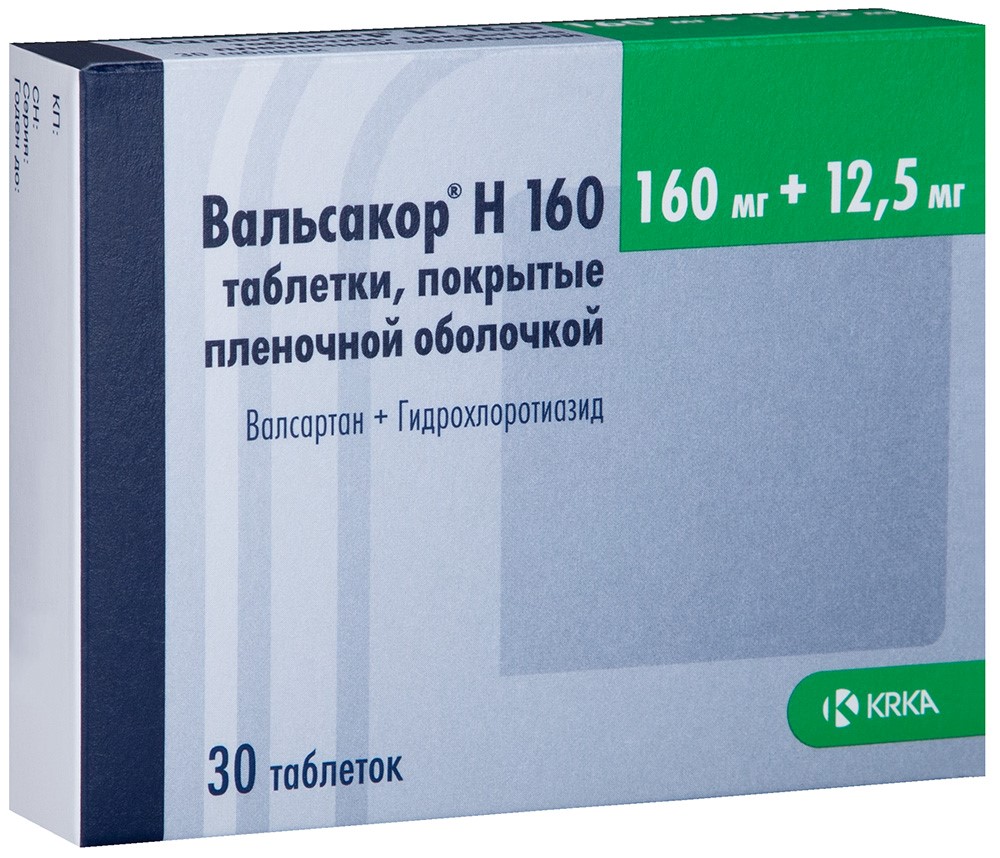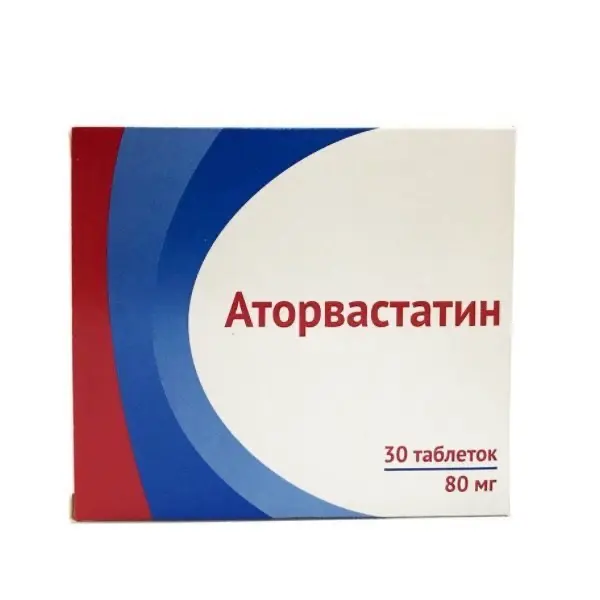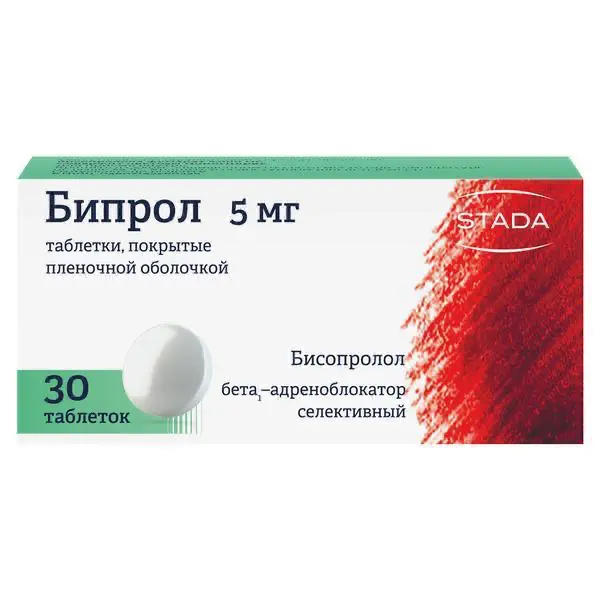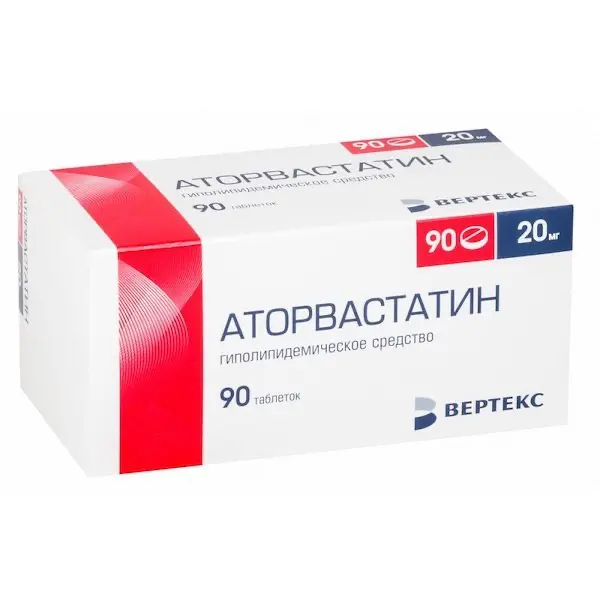Description
Valsacor H160 Pharmacodynamics
Combined antihypertensive drug.
Valsartan is a selective angiotensin II receptor antagonist of non-protein nature.
It has a selective antagonistic effect on receptors of AT1 subtype. The consequence of blockade of AT1 receptors is increased plasma concentration of angiotensin II, which can stimulate unblocked receptors of AT2 subtype, which balances the effects associated with stimulation of AT1 receptors.
Valsartan has no agonist activity against AT1 receptors. Its affinity for subtype AT1 receptors is approximately 20,000 times greater than its affinity for subtype AT2 receptors. Valsartan does not inhibit ACE, also known as kininase II, which converts angiotensin I to angiotensin II and degrades bradykinin. Because there is no effect on ACE, the effects of bradykinin and Substance P are not potentiated, so dry cough is unlikely to develop when taking apgiotensin II receptor antagonists. Valsartan does not interact with or block other hormone receptors or ion channels involved in the regulation of cardiovascular function.
In the treatment of arterial hypertension, valsartan lowers BP without affecting HR.
After a single oral dose of valsartan, the antihypertensive effect develops within 2 hours and maximum BP reduction is achieved within 4-6 hours.
The antihypertensive effect of valsartan lasts for 24 h. With repeated prescriptions of valsartan, maximum BP reduction, regardless of dose, is achieved in 2-4 weeks and is maintained during long-term therapy. Combination with hydrochlorothiazide can achieve significant additional BP reduction.
Sudden discontinuation of valsartan is not associated with withdrawal syndrome (a sharp rise in BP or other adverse clinical effects).
Hydrochlorothiazide is a thiazide diuretic whose diuretic effect is associated with impaired reabsorption of sodium, chloride, potassium, magnesium and water ions in the distal nephron; it delays excretion of calcium and uric acid ions. It has a hypotensive effect, which is caused by the expansion of the arterioles. It has practically no effect on normal BP values.
Diuretic effect develops 1-2 hours after oral administration, reaches a maximum after 4 hours and lasts for 6-12 hours. Antihypertensive effect occurs within 3-4 days, but it may take 3-4 weeks to achieve the optimal therapeutic effect.
Indications
– Arterial hypertension (in patients who are indicated for combination therapy).
Contraindications
– Severe liver function abnormalities;
– Biliary cirrhosis and biliary obstruction (cholestasis);
– Mild to moderate hepatic dysfunction of non-biliary origin (for the given dose of the drug);
– Anuria, severe renal dysfunction (CKR less than 30 ml/min (0.5 ml/sec));
– hemodialysis;
– hypokalemia, hyponatremia, hypercalcemia or hyperuricemia with clinical manifestations, refractory to adequate therapy;
– galactose intolerance, lapp lactase deficiency or impaired glucose/galactose absorption syndrome;
– Under 18 years of age (efficacy and safety of valsartan in children has not been established);
– pregnancy;
– period of lactation;
– hypersensitivity to valsartan, hydrochlorothiazide, sulfonamide derivatives and other drug components.
Caution should be exercised when concomitant use of potassium preparations, potassium saving diuretics, potassium containing salt substitutes and other agents that can increase potassium level in blood (e.g., heparin), chronic heart failure class IV according to NYHA classification, renal failure (CK more than 30 ml/min (0 5 ml/sec)), moderate liver function impairment, bilateral or unilateral renal artery stenosis or stenosis of the artery of a single kidney, post renal transplantation conditions, conditions accompanied by decreased BOD and/or sodium ions (e.g. diarrhea, vomiting), primary hyperaldosteronism, aortic and mitral valve stenosis, hypertrophic obstructive cardiomyopathy (HCMP), systemic lupus erythematosus, hypersensitivity to other angiotensin II receptor antagonists, allergic reactions and bronchial asthma.
Use during pregnancy and lactation
The use of angiotensin II receptor antagonists is not recommended in the first trimester of pregnancy. The drug is contraindicated in II and III trimesters of pregnancy, because its use in II and III trimesters of pregnancy may cause fetotoxic effects (decreased renal function, scarcity of water, delayed ossification of fetal skull bones) and neonatal toxic effects (renal failure, arterial hypotension, hyperkalemia). If the drug was still used in the second and third trimesters of pregnancy, a renal and fetal cranial bone ultrasound should be performed.
If pregnancy is planned, it is recommended that the patient be transferred to an alternative antihypertensive therapy, taking into account the safety profile.
If pregnancy is confirmed, Valsacor® H160 should be discontinued as soon as possible.
There are no data on excretion of valsartan with breast milk. However, valsartan is known to penetrate the milk of lactating rats. Hydrochlorothiazide is excreted with breast milk. Therefore, if therapy with Valsacor® H160 is necessary during lactation, breastfeeding should be stopped.
Administration in liver dysfunction
Valsacor® N160 is not recommended for patients with liver dysfunction. Maximal recommended daily dose of valsartan in patients with mild or moderate hepatic dysfunction of non-biliary origin is 80 mg (1 tablet/day of Valsacor® N80).
Administration in patients with impaired renal function
Patients with impaired renal function (CK of more than 30 ml/min (0.5 ml/sec)) do not require the drug dosage change. Caution is required when using the drug in renal failure (CK < 10 ml/min), including patients on hemodialysis, in bilateral renal artery stenosis or stenosis of the artery of a single kidney.
Administration in children
Contraindicated: age less than 18 years (efficacy and safety of valsartan in children has not been proven).
Use in elderly patients
No dose adjustment is required in elderly patients.
Dosage and administration
- The drug is taken orally, regardless of meals, frequency of administration – once a day.
Valsacor® N160 can be combined with other antihypertensive agents. Treatment should be started with minimal doses of the drug. - Patients who have not reached the target BP level on monotherapy (Valsartan 160 mg or hydrochlorothiazide 12.5 mg) should take a fixed combination of doses – Valsacor® H160 (160/12.5 mg) once daily.
- The maximal antihypertensive effect of Valsacor® N160 (160/12.5 mg) develops within 2-4 weeks. If necessary (diastolic BP over 100 mmHg during monotherapy with Valsartan) to achieve a more significant effect, the dose can be increased (not earlier than after 4 to 8 weeks) to 160/25 mg (possibly Valsacor® ND160) once daily.
- Patients with impaired renal function (CK values more than 30 ml/min (0.5 ml/sec)) do not require the drug dosage change.
- Valsacor® H160 is not recommended for patients with liver dysfunction. The maximum recommended daily dose of valsartan in patients with mild to moderate hepatic impairment of non-biliary origin is 80 mg (1 tablet/day of Valsacor® N80).
- No dose adjustment is required in elderly patients.





